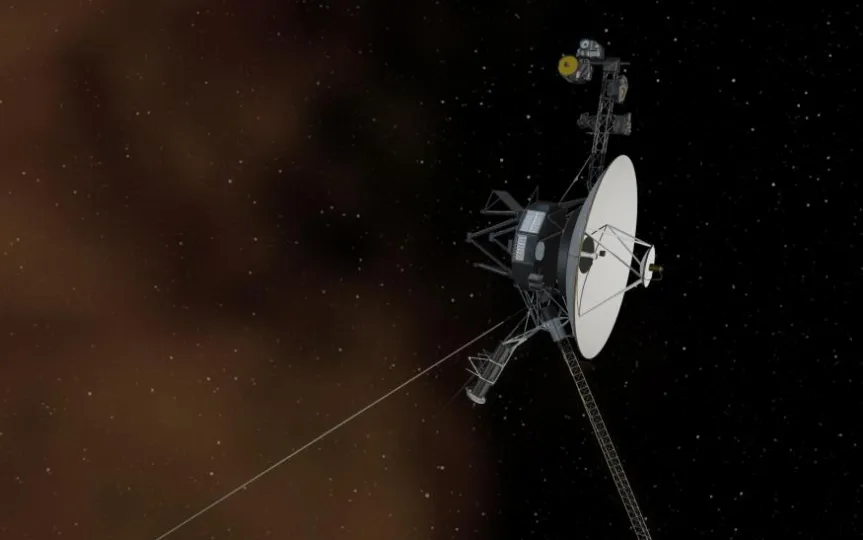NASA Reestablishes Communication with Voyager 2 After Two-Week Outage
After a period of two weeks without any communication, NASA has successfully restored contact with Voyager 2. The agency had encountered difficulties on July 21st when a sequence of planned instructions caused the probe to deviate slightly from its intended path. Although Voyager 2 is programmed to correct its orientation on October 15th, NASA scientists were understandably eager to confirm its operational status before then. This spacecraft, launched in 1977, remains one of only two probes providing crucial information about interstellar space.
For a few days after July 21st, NASA wasn’t even sure of the spacecraft’s status. It was not until August 1st that several ground antennas of the Deep Space Network (DSN) were able to detect a carrier signal from the probe. The carrier signal is what the spacecraft uses to transmit data back to Earth, but NASA said the signal detected by the DSN was too weak to transmit any data. Still, it was enough to confirm that Voyager 2 was still functioning and that it had not deviated from its trajectory.
Instead of just waiting until October, Voyager’s ground team decided to take action. They came up with a plan to “shout” a command to the spacecraft over 12.3 billion miles of space using DSN, telling it to turn its antenna back to Earth. The whole process showed just how vast outer space really is: Within 18.5 hours, the message reached the probe and NASA began receiving science and telemetry data again, indicating that Voyager 2 had received the command.
This isn’t the first time NASA has had problems with a spacecraft. In 2020, it had to provide technical assistance from billions of kilometers away when it triggered a system that shut down scientific equipment to conserve power. Voyager 2 entered interstellar space – meaning it left the plasma bubble created by our Sun – back in 2018, becoming the second man-made object after Voyager 1. While NASA believes that both Voyager 1 and 2 could remain in contact with the DSN until 2036, it also says that “science data is unlikely to be collected after 2025.” The spacecraft could only provide us with information about interstellar space for less than two years, so it makes sense that scientists wouldn’t want to waste a day sending data back to Earth.




